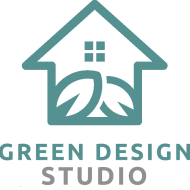People like to throw around these words today, sustainability, eco friendly, up-cycling, recycling… But what is actually sustainable? What can last the test of time but also be kind to the planet. I am going to explore sustainability in further details. Sustainable architecture desires to minimise the ecological impact of buildings and spaces by consciously thinking about the materials, energy and thinking about the entire ecosystem.
What Does Sustainable Design Mean?
First we need to find out this question. Sustainable building design, in an ideal world would leave zero carbon footprint, have little waste products and create an environment that would promote the natural environment around it.
This is sustainable design in it’s ideal world; reducing the negative effects that construction, and the harvesting of natural materials have on the planet. Sustainable house design principles are primarily to: reduce, reuse, and recycle.
Why Is Sustainable Design Important?
As you may know, climate change is becoming a more real threat with each passing year, and because of this we cannot carry on materialistic consumption at the rate that we have been doing in the past. The earth loses 18.7 million acres of forests per year, and sustainable design strives to reduce this, among other things. It is also beneficial to have a sustainably designed home to promote wildlife, and wildflowers in your garden or space. This also will help the natural environment around you creating a more harmonious home.
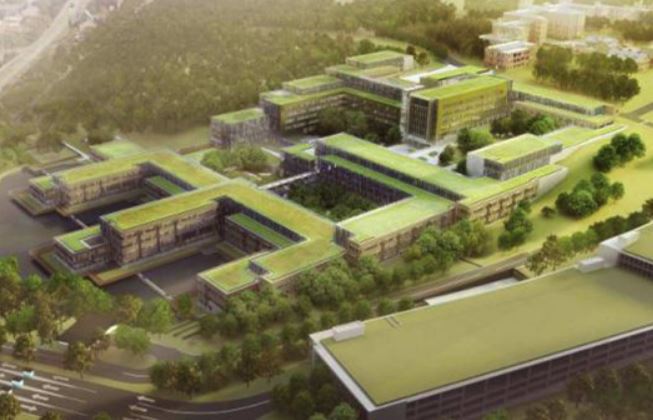
Many people often ask us: “What is green design?” this is essentially the same as sustainable design. It is mindfully sourcing your resources, and reusing as much as possible. You would be surprised to find how many people throw out perfectly fine construction materials when they are finished with a project etc. The key to modern green design and integrated sustainable design is being open minded and keeping your eyes peeled for materials, and anything you can find!
Sustainable Design Ideas:
- VOC Paint – Why use low VOC Paint? Using Low VOC paint will reduce your emissions, as it will not let off as many emissions into your home and the environment. This is especially more safe if you have a baby or small animals around the paint when it is drying. Look at our services page for more info!
- Triple Pane Glass – Keep your heat in, reducing heating emissions and cost with triple pane glass
- Make use of natural light – We know it sounds silly but keeping your curtains open to that natural light will warm your house for free, and also reduce on lighting costs.
- Reclaimed Wood – You could use any type of wood. Canadian Salvaged Timber is particularly popular in Toronto at the moment. Reclaimed Wood essentially is just recycled wood; reclaimed from somewhere else.
- Solar Panels – Great idea if you have some land, or live in a sunny spot! Canadian government recently announced this solar power income non taxable, and it’s a great way to power your home.
All of these are viable sustainable design elements that you could incorporate into your next home or project. The Sustainable design process takes time and should not be rushed. Gathering all of the materials you need can sometimes be the hardest part.
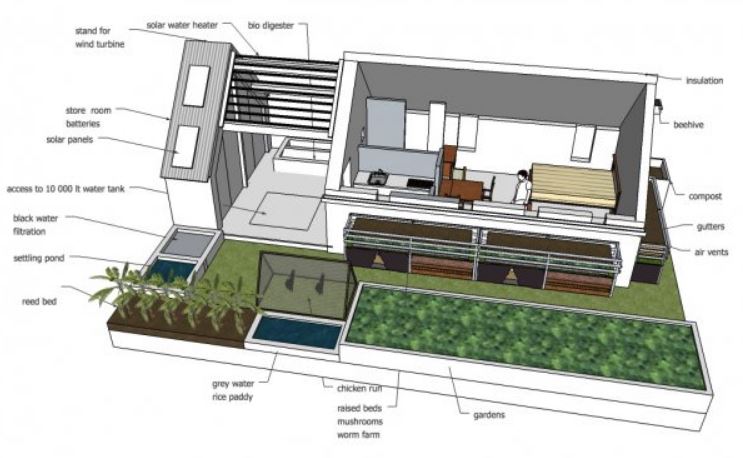
Sustainable Construction Techniques Materials
Choosing the right materials is perhaps the single most important part of sustainable design. Using sustainable wood, such as the fast growing Scots Pine, or Bamboo flooring instead of an endangered tropical hardwood will definitely help the struggling forests of Indonesia and other parts of Asia and South America.
Some people say the most sustainable way to build a home is actually a prefabricated home – its machine built method leads to virtually zero waste products. Waste products being the number one thing to avoid when trying to be sustainable.
We also offer more eco friendly options to flooring, insulation, and even furniture. Using recycled fabric and reusing furniture is perhaps the most sustainable way to live. You are reducing waste, and not adding to production or consumption in any way.
Sustainable Design In An Urban Environment
Sustainable urban design principles are the same in an urban environment. Materials can still be adjusted and changed to get a more eco-friendly option. We do understand it is harder to design sustainably in mass, because it may be significantly more expensive. Sustainable urban landscape design is something that can still be done on a high rise apartment building as well as a small bungalow one storey home, it just has to be slightly more thought out and planned to get the same results. Think; a rooftop patio, or a balcony garden.
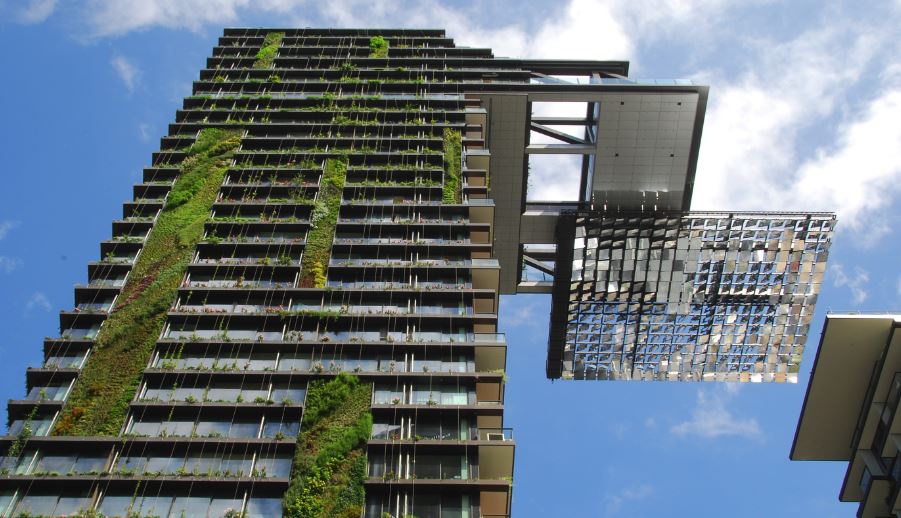
Sustainable urban planning and design can promote amazing results when applied to landscape designing, the mixture of nature and an urban environment can work well together and coexist.
What Is Sustainable Design In Architecture?
A Living wall/green wall is the perfect example of eco building design. This wall acts as an aesthetic feature as well as an air purifier, or a way to promote wildlife in the city. It is development working with nature, rather than against it.
Now We Have The Basics. How to design Sustainable?
Is there a sustainable design criteria? Not really, as long as you start and make an effort to be sustainable, you are already winning.
When people ask: how to actually start designing sustainably, a lot of people have unknowingly started already!
Have some antique or vintage furniture? This is the most sustainable way of furnishing your home. You can reupholster old or tatty looking chairs to make them fit in with your decor and look more up to date and make them look fresh again.
New carpets are a large use of resources. If they are natural fibers – they will have used a lot of water and energy to harvest. If they are synthetic fibers – they may never naturally compost and be around for centuries. It seems like a lose lose situation. Perhaps think of more sustainable flooring solutions.
For example:
- Sustainable/recycled carpet
- Bamboo flooring
- Cork flooring
- Reclaimed wood flooring
Conclusion
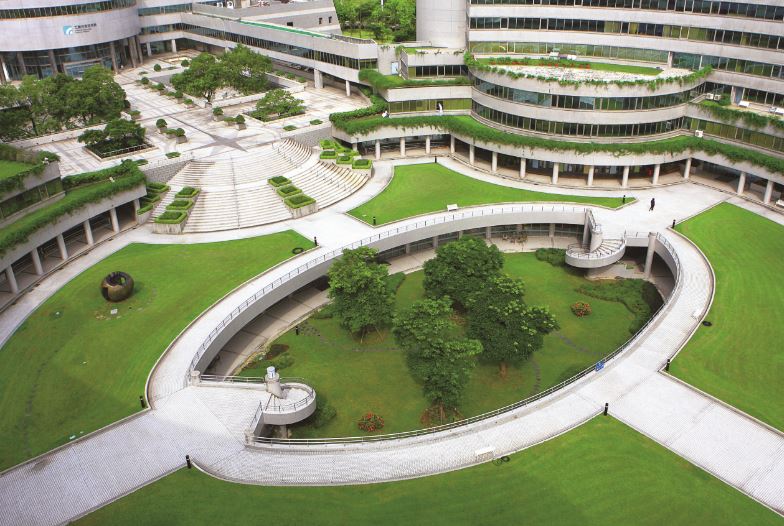
Sustainable Design is going to be ever more important as resources dwindle and get less common. Consciously designing Green, and in an Eco-friendly manner is vital for the health of this planet and the plants, animals, and humans that live on it. So next time you think about redecorating, think about sustainable design! You might be surprised at the results.
